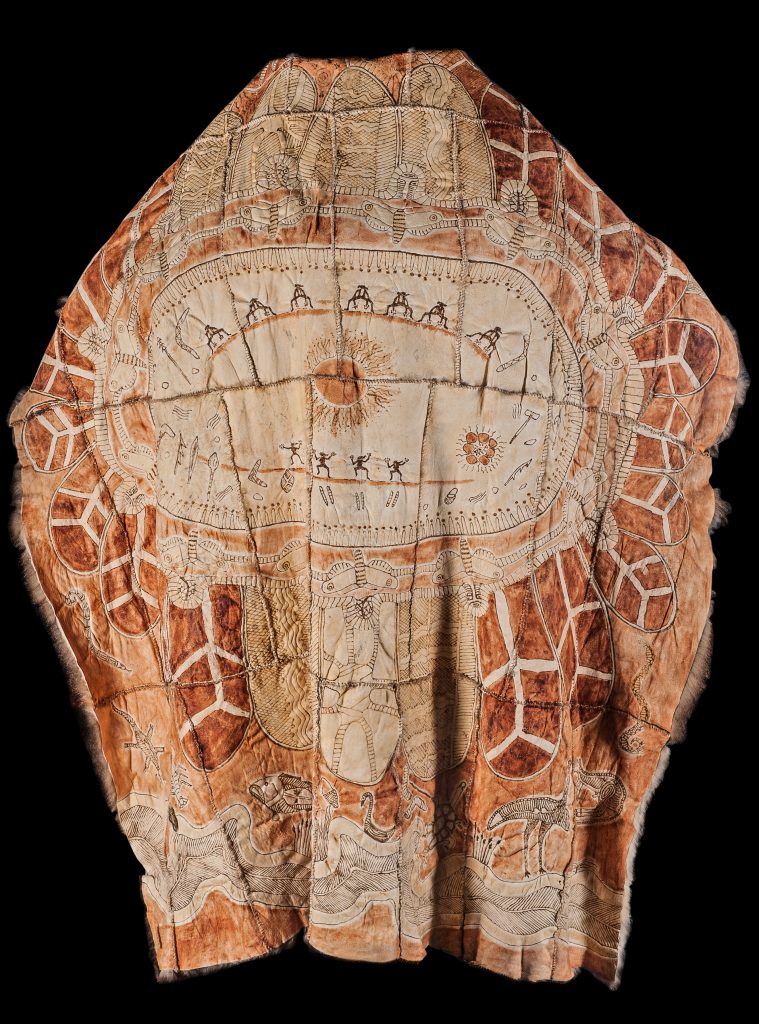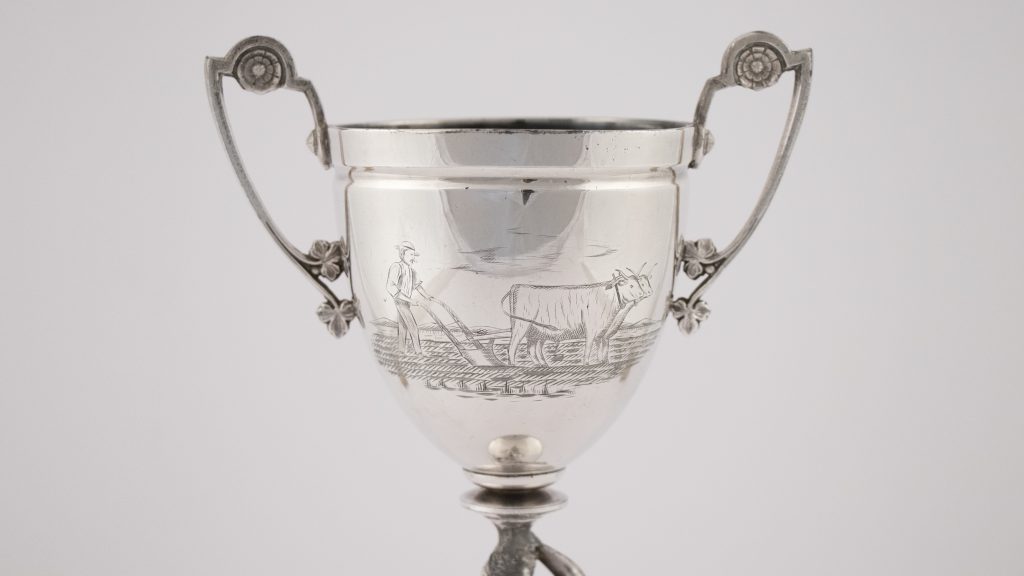
In the late nineteenth century ploughmen from the Millthorpe district and neighbouring colonies descended on the village to compete in its Champion Ploughing Matches, which returned generous prize money and a trophy to the best ploughman. Ploughing matches, first held at Millthorpe in the late 1880s, were organised by the Union of Farmers of Spring […]
Read More…
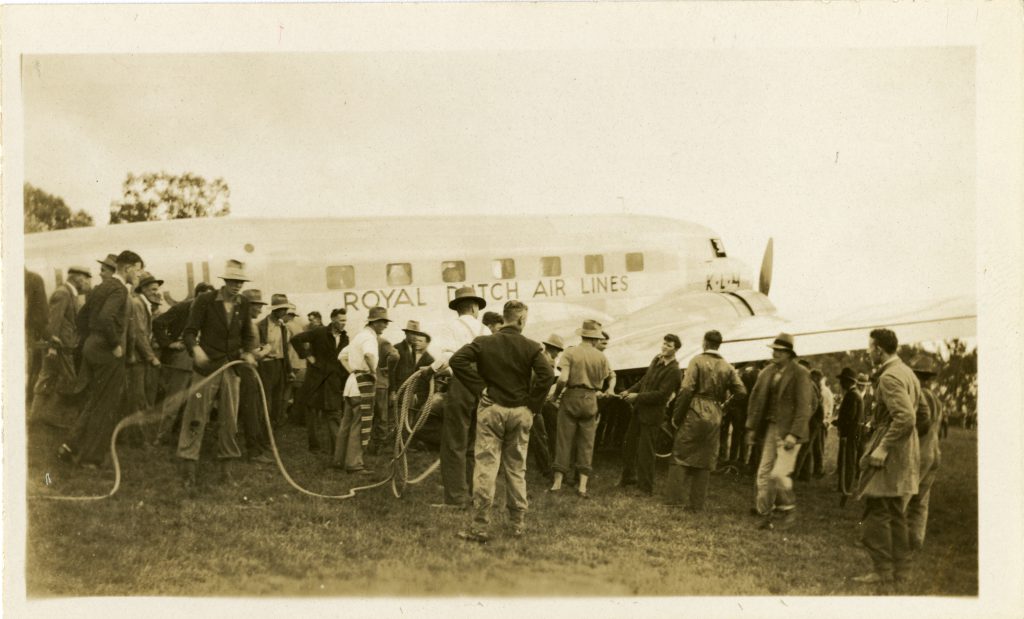
To begin the London to Melbourne Centenary Air Race, on 20 October 1934, twenty aircraft took-off from England. An epic 19,800 kilometre flight around the globe, the race was held as part of Melbourne’s Centenary Celebrations. Royal Dutch Airlines entered a Douglas DC-2 airliner, named Uiver, in the race. On the last leg – from […]
Read More…
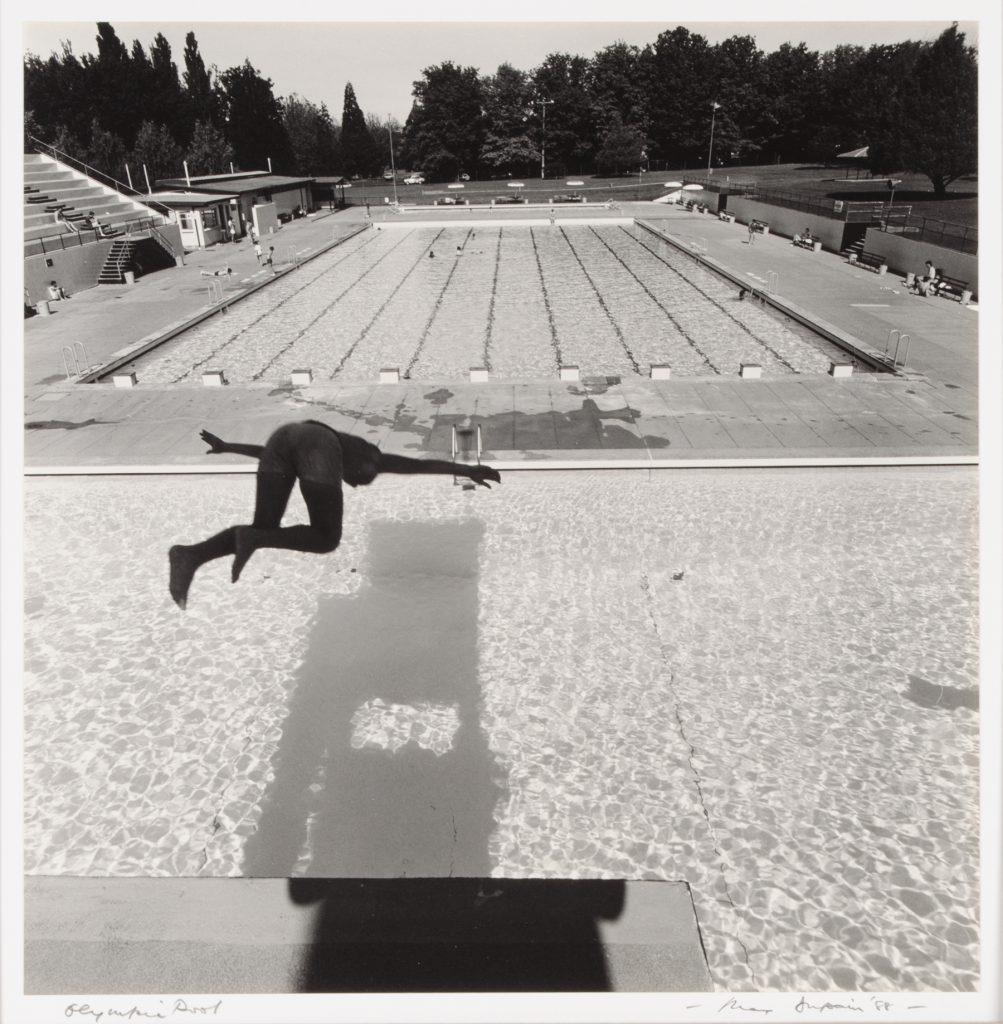
In 1988, and with camera in hand, the celebrated Sydney-based photographer Max Dupain (1911-1992) ventured west to the town of Orange. More well-known for capturing city skyscrapers, harbour ferries, and bathers on sandy beaches, Dupain went to Orange at the request of Peter O’Neill, then Director of Orange Regional Gallery. O’Neill had asked Dupain to […]
Read More…
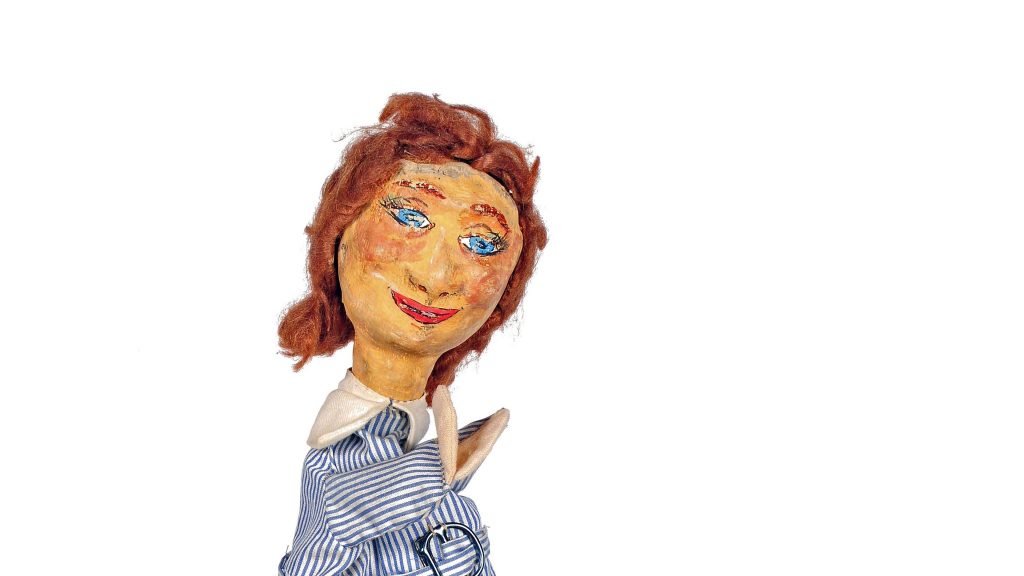
At the age of twenty one, Lois Carrington began work as a Migrant Educator in June 1949. During her career she worked at the Bonegilla Migrant and Reception Centre where she made and used hand-puppets to help teach English and cultural awareness. The migrant families who arrived at Bonegilla from 1947 onwards were taught English […]
Read More…
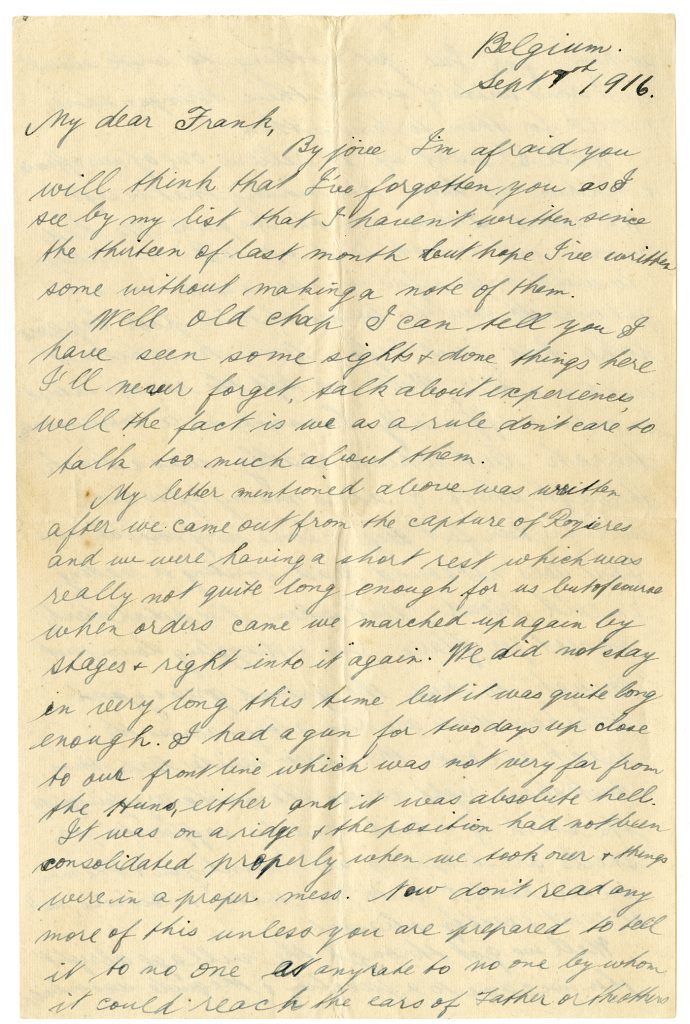
Many of Frank Brown’s friends enlisted in WWI, but Frank was deemed medically unfit to serve and remained at home in Albury throughout the war. His best mate Arthur Hewish, known as Les, enlisted as a Lieutenant and was later promoted to Captain in the 3rd Battalion. Les fought at Gallipoli and on the Western […]
Read More…
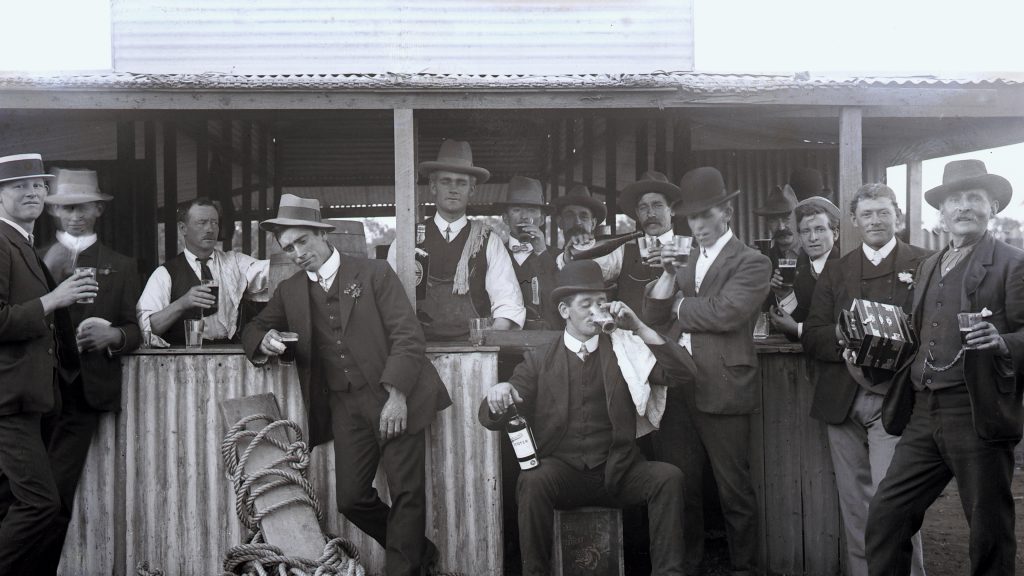
Although James Wooler (1872-1944) resided in Broken Hill for only a few years his photographs transformed how the world saw its people. His work for The Barrier Miner put the newspaper at the cutting edge of mass media, surpassing The Age and the Sydney Morning Herald’s ability to illustrate articles. His photographic legacy is a […]
Read More…
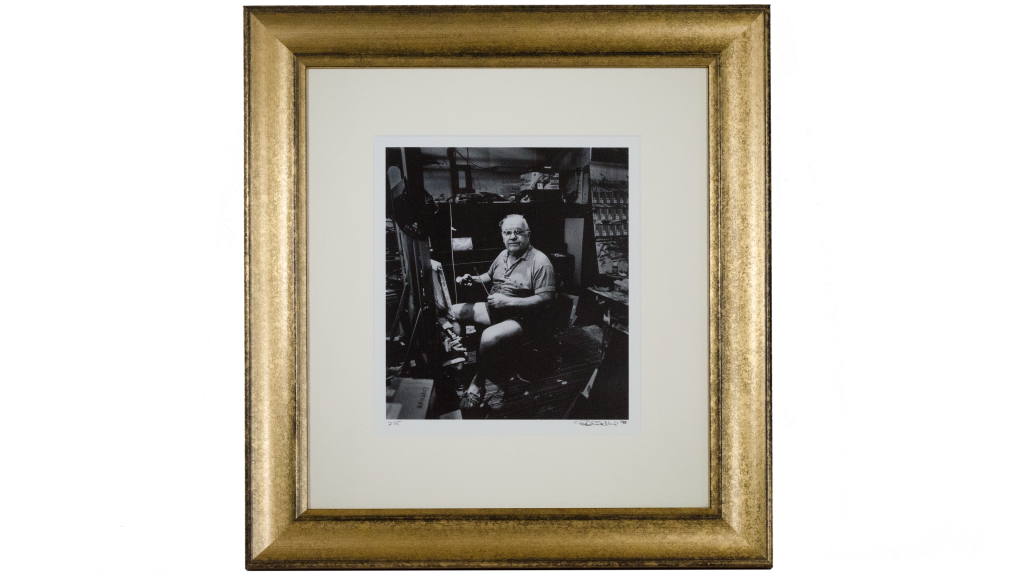
Kevin Charles ‘Pro’ Hart (1928-2006) MBE was one of Australia’s best-known and most prolific artists, he was also one of the least accepted by a disapproving art world. Even though the criticism expressed by city-based art critics and galleries about his work was mixed most of it was negative. Counter to this, when the former […]
Read More…
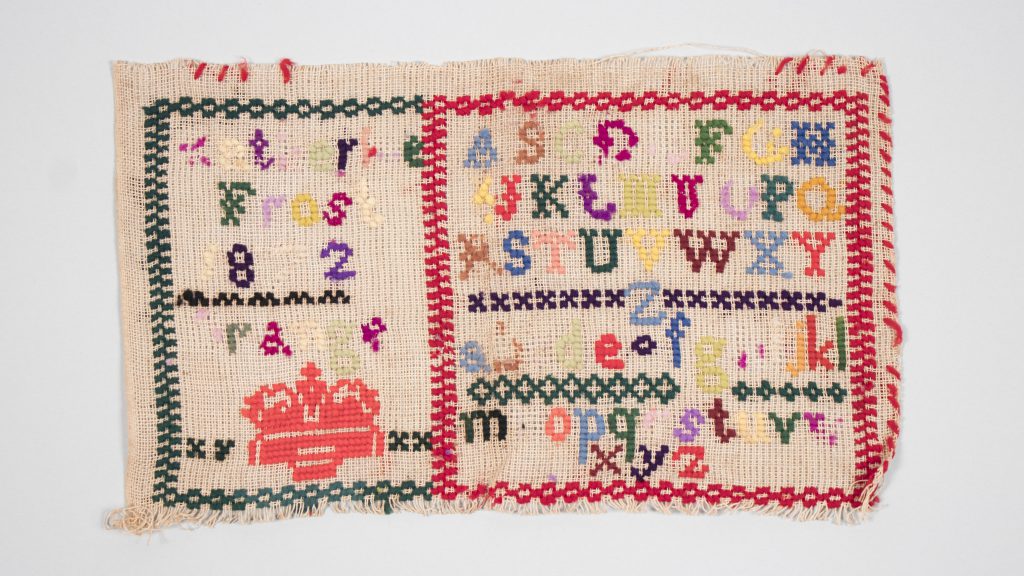
Embroidery samplers from the late nineteenth century made by children were often small in size and called ‘marking samplers’. The one shown here was worked by Catherine Frost of Orange in 1872, when she was eight years old. Typically, samplers were made by girls between the ages of five and fifteen, they were the work […]
Read More…
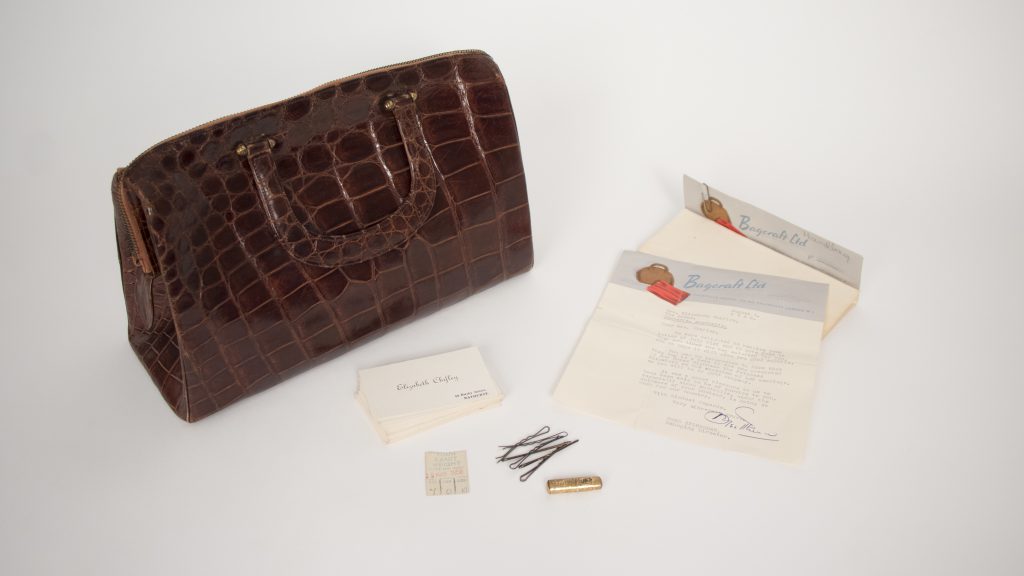
Elizabeth, or ‘Lizzie’, Chifley, the wife to Australia’s sixteenth Prime Minister Ben Chifley, lived well-away from the glare of her husband’s public life. She spent most of her time at the Chifley home at 10 Busby Street in Bathurst, which was a modest painted-brick cottage located in a working-class area of town. Remaining inside their […]
Read More…




